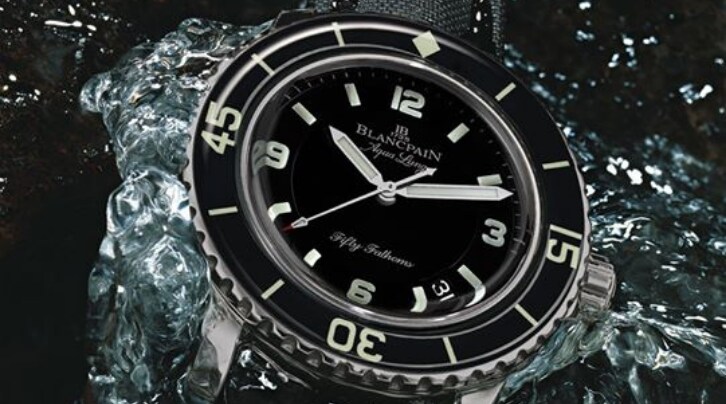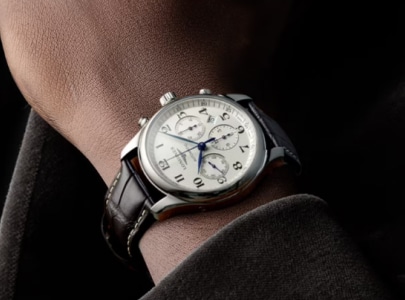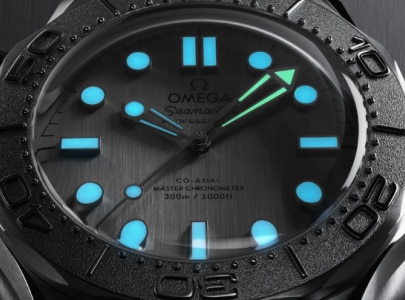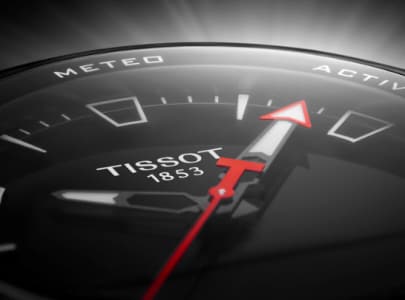There are certain watch makers that have really left their mark over the ages, gracing the wrists of pioneers making History with a capital “H”, explorers, scientists, world leaders, or major artists. These brands have a star-studded list of clients and more accolades than it’s possible to name.
Breguet is an example of one such brand, having perpetuated a long family tradition of technological innovation not only in watch making, but also in aviation. They have catered to some of the most demanding figures of their time, such as Winston Churchill.
Some of the brand’s watches have endured through the centuries and become legendary, iconic. They’re so recognisable that like religious icons, they can be spotted instantly. But these iconic watches have not only gained their status through their association with the famous people who are infatuated with them. It's their rare functions, distinctive technical innovations and unusual designs that have transformed them into sought-after collectors’ items.
Sometimes it’s a combination of two or more of these factors coming together under exceptional circumstances that have made these watches the heroes of horological history. This is the case with Hamilton, for example: the brand that supplied GIs with the watches worn during the Normandy landings. Talk about extreme conditions! Having left their mark on their own era, these watches continue to captivate modern clients, who remain inspired by their story over 70 years later.
The Omega Speedmaster, worn by astronauts for the Apollo moon landing, is another example of a watch that remains legendary, despite having seen its heyday in 1969. The model gained its exceptional status in 1965 as the go-to watch for space professionals, for whom the slightest mistake can be fatal. If the Speedmaster’s features are good enough for NASA, they’ll probably meet any requirements you might have in terms of technicality and reliability!
This is probably why the “Moonwatch” (as it is now known) has become the most famous chronograph in the world. Not only has it gained cult status as a sports watch, the Moonwatch also enjoys a certain popularity thanks to its easy-to-read face.
Their conspicuous presence on the wrists of many celebrities has only served to maintain the legend of these iconic watches. But the genius of these watches – which are stars in their own right – often goes unnoticed. These original models with their bold designs are often too ahead of their time and don’t always experience huge commercial success when they first come out.
This was the case for the Blancpain Fifty Fathoms, for example, which first came out in 1953. The first real modern diving watch was initially only worn by combat divers and military professionals. This small circle was later extended by the Commander Cousteau, who was photographed and filmed with the Blancpain on his wrist, helping raise the profile of this timepiece among divers and extreme watch making enthusiasts the world over.
Subsequent versions of these watches then made their way into the history books following the emergence of technical innovations, new materials and evolutions in style.
These factors transformed these iconic watches into classics with a more refined style over time, combining the DNA and roots of the brand with a highly contemporary style, all while remaining timeless. You can’t go wrong when you offer someone (or treat yourself to) one of these iconic pieces. These watches have laid the foundations for the development of all modern watch making, both in terms of design and technique.
Avant-garde timepieces that have shaken up the codes of their time and become essential references.



